The bus manufactured in the Chennai facility takes its shape clinging on light weight aluminium construction, which will be marked under BharatBenz and Mercedes Benz brands.
Daimler India Commercial Vehicle (DICV) a wholly owned Indian subsidiary of Daimler Trucks and Buses has kick started its second innings by inaugurating its new bus manufacturing plant within its premises in Oragadam near Chennai on 27 May 2015. The new facility will manufacture and roll out buses with 9, 16 and above 16 tonne BharatBenz and Mercedes Benz buses. The company also unveiled BharatBenz 3143 high powered premium truck for the mining application, which was showcased in the last year IAA Commercial Vehicles.
To manufacture buses, Daimler has tied up with Ireland-based Wrightbus. The plant would be operated by Daimler partnering with Wrightbus with a localisation of 90%. Mark Nodder, Chairman and CEO of Wrightbus said that, “Wrightbus looked out for an effective conglomeration across globe and found Daimler as a strategic engager where this deal complements each other. Wrightbus, a bellwether in manufacturing buses for more than 70 years in UK commenced its operations in 1946 and manufacture single and double decker buses not only for indigenous market but also export to US, South East Asia and European countries. This deal synergises both Wrightbus and Daimler and Daimler would excel outputting bus with design supporting the market, adhering to light weight mantra with no compromise on quality and this deal also supports effective after sales service.”
To be cost competitive, Wrightbus has established a local supplier base for sourcing components for bus body. Nodder said, “Localisation of bodies for Daimler has lengthened its supply chain and 85% of all its products are localised. The buses would they offer will abide certain standards like light weight, high fuel efficiency and spacious seating. The 2 fold strategic buses BharatBenz and Mercedes Benz cater to Indian markets with the former front engine bus from Oragadam plant confines short distance travel targeting school, staff and tourist transportation while the latter with rear engine buses for inter-city transportation, which is a 15-meter coach that has a maximum seating capacity of 61 passengers. The weight of these buses gross between 9-16 tonnes. To start with the plants are equipped to roll out 1500 units per annum and the capacity will be increased to 4000 units corner-stoning the market demand.
“This second wave of products is a significant mile stone which urges us to promise the future and obligate the present,” said Erich Nesselhauf, Managing Director and CEO, DICV. He added that, “Our 2005 vision is clear after the establishment of manufacturing facility in India as we saw promising potential in Indian market. We are very proud that we support Indian government’s Make in India campaign and win-win strategy is getting achieved.”
Hartmut Schick, Head of Daimler Buses and CEO EvoBus GmbH said, “Our buses are Made in India for Indian and export markets. We see enormous potential for the growth in Indian market and expect the volume of the Indian market for buses weighing over 8 tonnes to more than double by 2020. Our mission of targeting Indian market as the 2nd largest across globe will be fulfilled by 2020. In 2016 we will introduce a 12-meter coach in the 16-tonne segment both in rear and front engine configurations.”
The BharatBenz 3143 mining truck debuting Indian mining segment with high power, cost efficient bridges the gap in the industry with its technological bench mark. The truck comes with 4-axle configuration with 2 variants 19.5 Cu.m rock body and 32 C.u.m coal carrier challenging terrains and can operate in deep mining segments. Yet another reveal comes as the culmination of this inauguration with BharatBenz 4940TT suitable for transporting heavy lift cargo in areas of construction and infrastructure projects. This heavy-lift cargo truck will cruise the market later this year.
Exports out of India
Daimler will begin exporting left hand drive buses manufactured in Chennai plant to Gulf countries in the third quarter this year and subsequently export buses to looming market South America. DICV and MFTBC (Mitsubishi Fuso Truck and Bus Corporation) combined their potentials and target other countries. DICV has stepped its feet to Indonesia, Kenya, Nepal, Tanzania while analysing South American market as an optimal export zone. South America is a would-be market for DICV to export its vehicles. Meanwhile MFTBC services African and Asian regions.
The new bus plant will create 1300 (1000 at Wrightbus International and 300 at Daimler) job opportunities which again greets India with employability. The bus not only is Made In India but Engineered in India with savvy engineers putting their hands from design to development focusing on the core areas. Currently Daimler has 80 dealers across India and all of them will sell buses as well. ACI
List of suppliers for 3143
AIS – Glass
Fleetguard – Filter
Hydromass – Hydraulics
Satrac – Tipper body
Harita – Seats
Meritor – Rear axle
Tenneco – Exhaust system
Knorr Bremse – Brakes
Neolite – Headlights
Subros – Air Condition
SM Auto – Brackets
MRF – Tyres
INTERVIEW
Mark Nodder, Chairman and CEO, Wrights Group Ltd
Q: Currently in India Brazilian bus maker Marcopolo and other home grown companies are present, how are you going to compete with them?
Nodder: I think our main USP will be the aluminium construction, so straight way there a light weight body where there will be fuel saving and because of light in weight we can carry more passengers. I also think we will bring quality in manufacturing, fit and finish of the product will be in higher standards and I hope together with our partner Daimler, we can actually raise the bar.
Q: What could be the weight savings by using aluminum body?
Nodder: Typically it will reduce the weight by 8-10%, for an instance half a ton for smaller buses and upto a ton for bigger buses.
Q: Can you explain the aluminium technology that is currently being used by Wrightbus?
Nodder: In 1978 we presented our first bus body with aluminum structure and since then we have pioneered the technology and using it for all our bus manufacturing. So far we have manufactured more than 30,000 vehicles across the globe, which are typically made of bolted aluminium frames and sheet panels, the rear of the bus comprises lightweight fiber-reinforced composite.
Q: What are all the advantages by using aluminum body?
Nodder: Since the products are premium, we believe that the cost of ownership will be significantly less because of the increased fuel efficiency, additional passenger carrying capacity and is is easy to repair in the events of accidents.
Q: By using aluminium will the cost of the vehicle escalates?
Nodder: It shouldn’t. We believe it remains competitive as we source it locally. When we entered the market our first priority was local procurement, which we did and we are confident of being cost competitive in India.
Q: What would be the fuel saving?
Nodder: I cannot comment on that because it depends on the chassis application but I can tell that in our home market our buses are tend to be 10-15% more efficient because of the aluminium construction.
Q: What is the current localisation for buses and how many suppliers you have?
Nodder: In terms of bus body we localise 100% and we wanted from the beginning to be more competetive in the Indian market. I cannot disclose the list of supplies but we are working with our partner Daimler for sourcing components.
Q: To suit the Indian condition have you made any design changes in the bus body?
Nodder: The core design values are exactly the same as our European design. The expected life, design life, strength, rigidity and durability remains the same. Of course we made some other changes like body style and interior trim to suit the Indian taste. As a coach builder we customise for each market ane we measure the expectations by talking to customers, distributors and dealers, listening them and mapping the viability standards. Going forward we will continue to listen to refine our products, any changes we will do it considering the possibilities and probabilities
Q: How do you see the quality of Indian suppliers?
Nodder: The quality of the Indian suppliers are fascinating and it meets all the International standards.
Q: So do you think you can export components from India?
Nodder: Yes. Under Wrightbus in India we have started sourcing components and also planning to start manufacturing components. We have already started to manufacture some of the composites and exporting to our Northern Ireland plant for our British buses. This we are doing it for the past 12 months and we think the potential is very very significant.
Q: Which are all the components that you are exporting?
Nodder: We are exporting fiber glass components for double deck buses, which has 100 different fibre glass components. We have started in a slow pace, soon after we settle down we will look at metal components, interiors like seating, floor covering and other parts. There is a potential to become more cost competitive in the emerging markets by engaging with Indian supply chain.
Bhargav TS



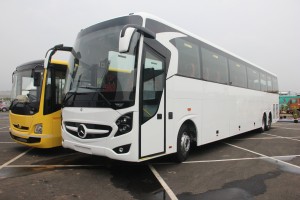
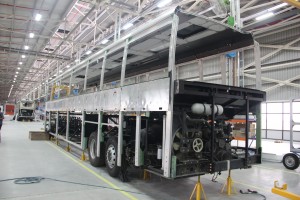
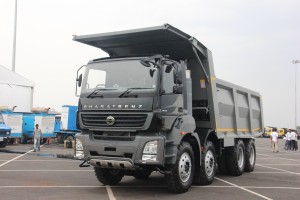
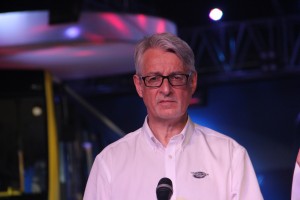


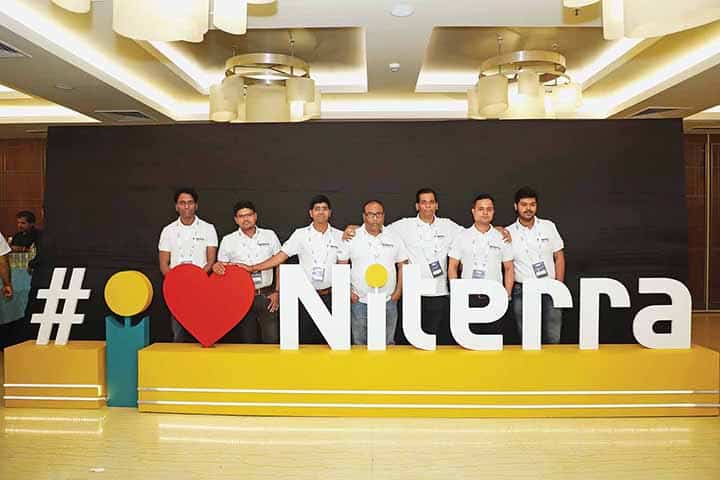




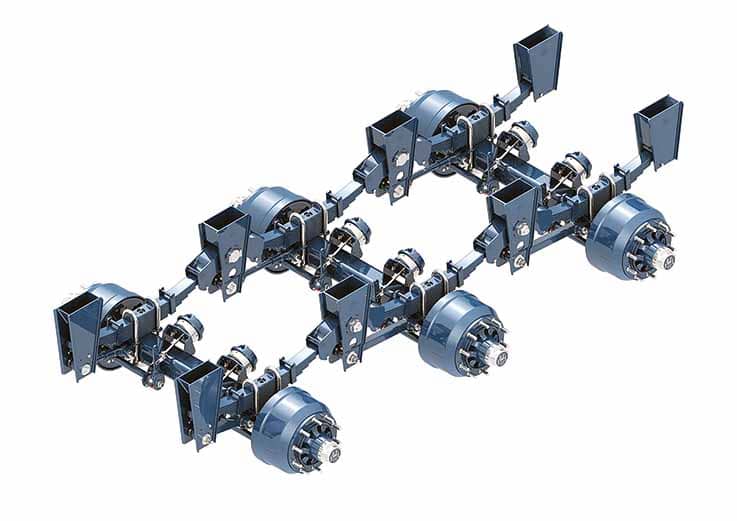

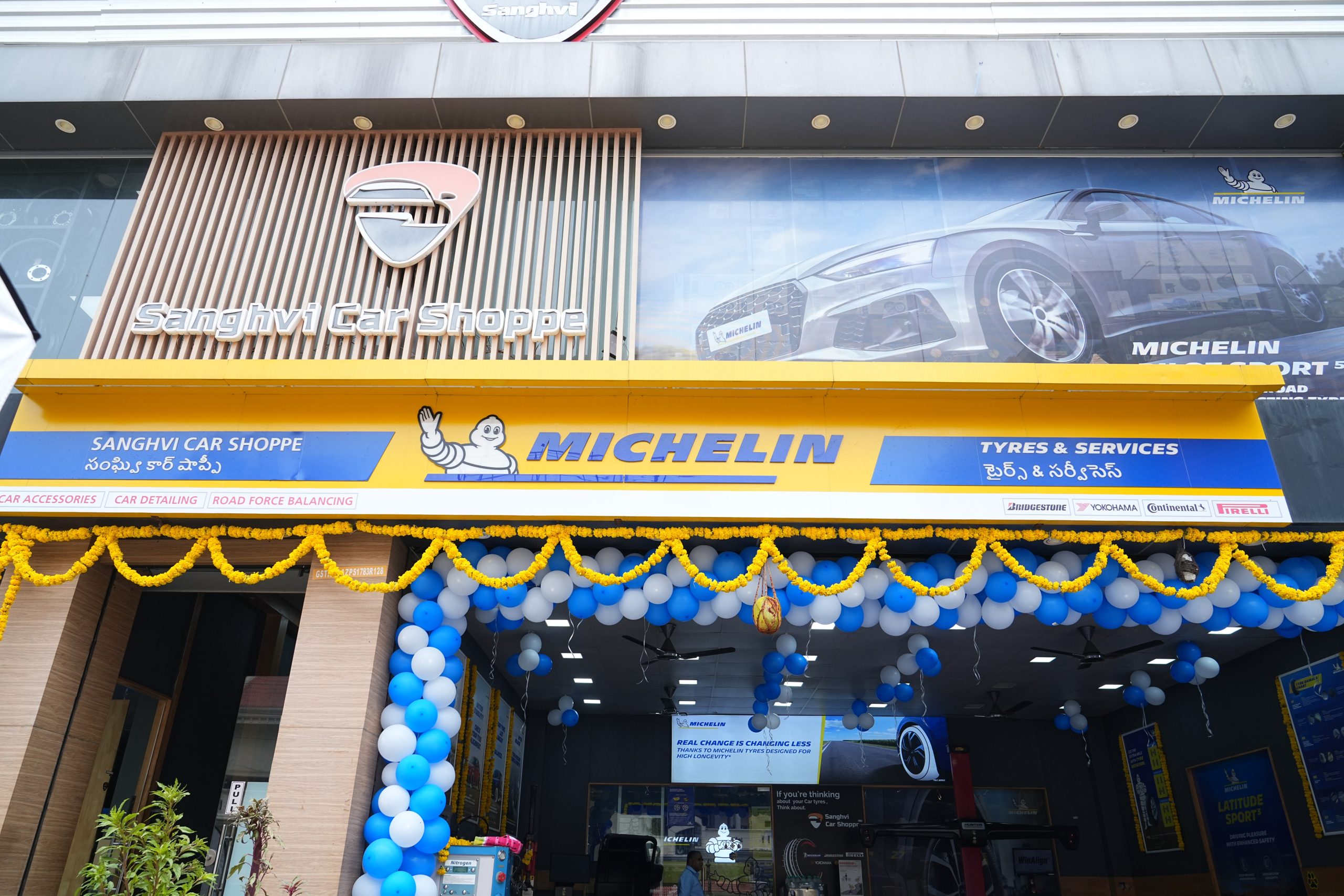
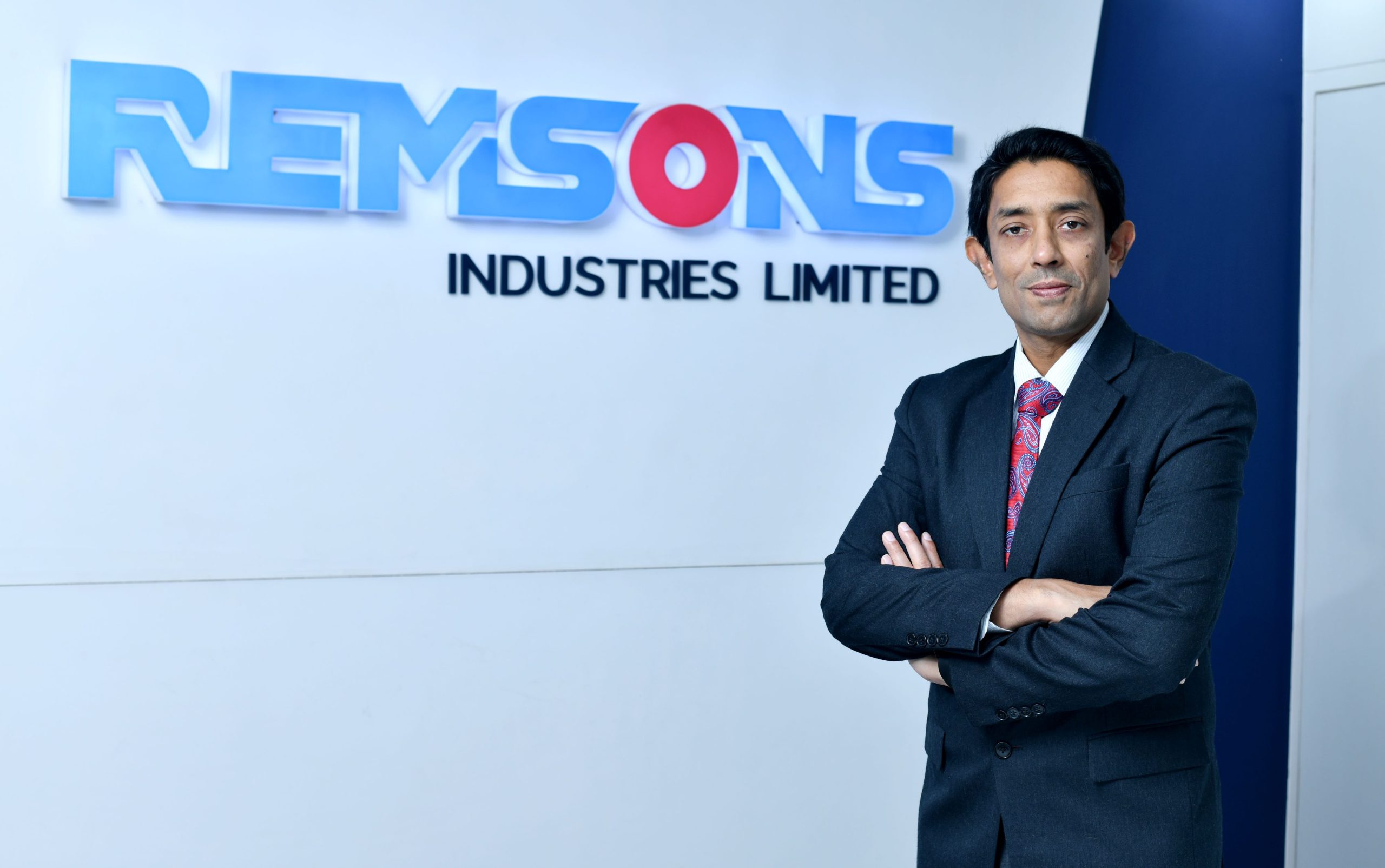
Leave a Reply